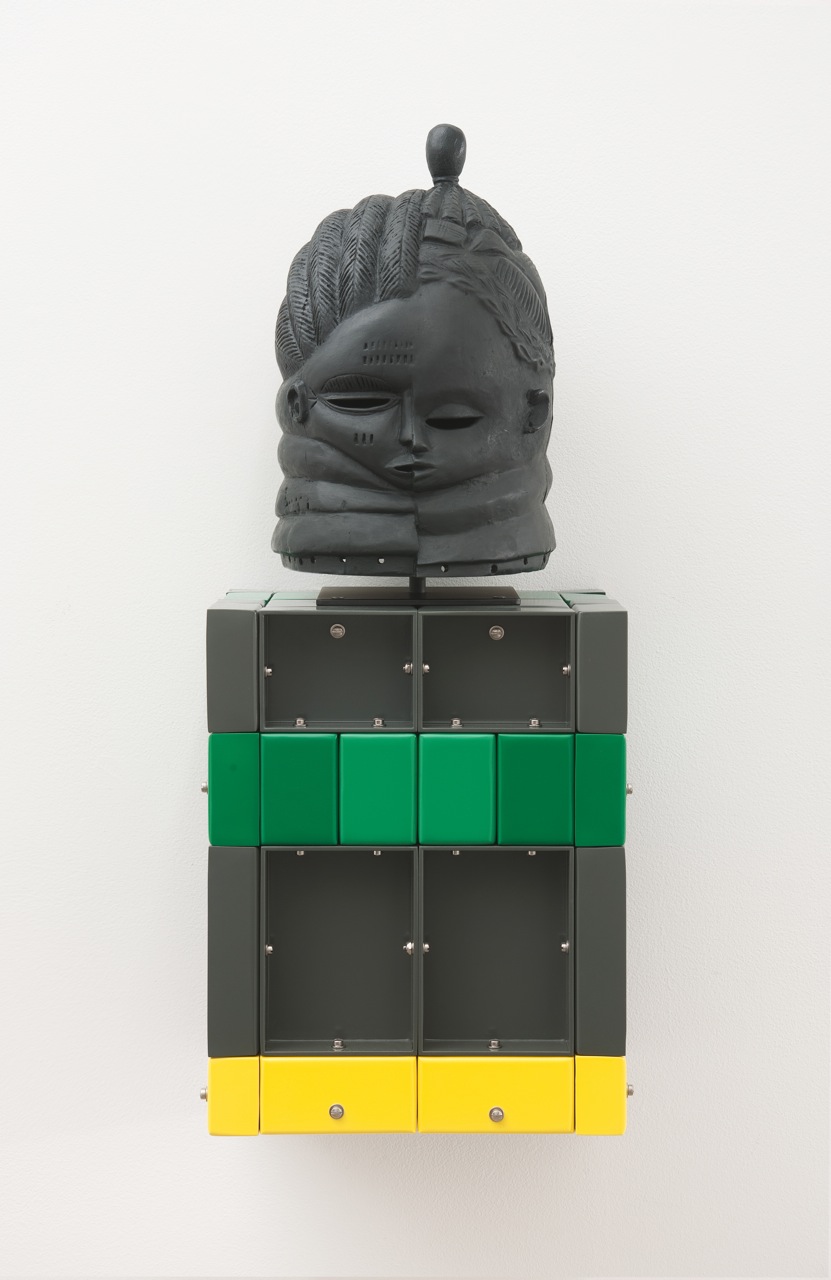Press Release
The intersection of art and anthropology can be traced to the long-standing human desire to collect, classify, and display across cultures and time. In Western societies, the systematic accumulation and exhibition of objects considered to be culturally valuable dates back to the Renaissance-era cabinet of curiosities, or Wunderkammer, the precursor by several centuries to the modern art museum. Meant to inspire and amaze, these cabinets began in private, domestic spaces but over time expanded to entire rooms in the public sphere, eventually becoming what we know today as natural history, anthropology, and ethnographic museums. It wasn’t until the late seventeenth century that the first art museums appeared, taking their cue from these private curio collections turned public, where art collections of the royal, wealthy, and ruling elite made their way into public spaces for exhibition. In many ways, art museums evolved in opposition to natural history museums, the relationship between the two echoing undercurrents of the longstanding discussion between “high” and “low” art. In tandem, anthropological endeavors aspired to remain a comfortable distance from notions of fine art, averse to ethnographic methods becoming aestheticized and the inherent colonialist impulses present in both fields.
At the same time, anthropology and art as fields of study—themselves widely divergent across geographies and cultures—tend to have more in common than not: among them, an intellectual foundation based on curiosity about culture, an impulse to collect, and a reflection of the human condition. More recently, the twentieth century has witnessed Western modern and contemporary art re-engaging with anthropology. From the exoticism of early twentieth-century Primitivism, to the appropriated rituals of Surrealism, to Land Art’s archaeological excavation, and later to the ethnographic turn in exhibition-making beginning in the 1980s; the two fields continue to make uneasy yet fertile bedfellows. The resurgence of artists and curators turning to anthropological methodologies and concerns is both fascinating and problematic, indicative of broader sociopolitical undercurrents. It is this intersection, the complicated relationship between art and anthropology as seen through the lens of contemporary artists, that forms the subject of the forthcoming exhibition The Sorcerer’s Burden, titled after an ethnographic book of the same name by the American cultural anthropologist Paul Stoller. Representing a wide range of media, and including new commissions, site-specific works, and loans, the content will not focus on artists presenting straightforward ethnographic observations, but rather those artists who appropriate, manipulate, and transform elements found in anthropological methodologies and practices to create contemporary works that are alternately subversive, humorous, satirical, dark, playful, and enchanting. The premise teases out challenging issues related to race, colonialism, identity, religion, and politics, as well as potential for insight and fresh perspective in the unexpected intersections.
The Sorcerer’s Burden will consist of eleven artists, including: Ed Atkins (b. 1982 in Oxford, England; lives and works in London), Frances Bodomo (b. 1988 in Accra, Ghana; lives and works in Queens, New York), Theo Eshetu (b. 1958 in London, United Kingdom; lives and works in Berlin, Germany), Cameron Jamie (b. 1969 in Los Angeles, California; lives and works in Paris, France), Kapwani Kiwanga (b. 1978 in Hamilton, Ontario, Canada; lives and works in Paris, France), Marie Lorenz (b. 1973 in Twentynine Palms, California; lives and works in Brooklyn, New York, and Austin, Texas), Nathan Mabry (b. 1978 in Durango, Colorado; lives and works in Los Angeles, California), Ruben Ochoa (b. 1974 in Oceanside, California; lives and works in Los Angeles, California), Dario Robleto (b. 1972 in San Antonio, Texas; lives and works in Houston, Texas), Shimabuku (b. 1969 in Kobe, Japan; lives and works in Naha, Japan), and Julia Wachtel (b. 1956 in New York, New York; lives and works in Brooklyn, New York).
Organized by Heather Pesanti, Chief Curator and Director of Curatorial Affairs, The Contemporary Austin. Text is also by Pesanti.
This exhibition is funded in part by a grant from the Andy Warhol Foundation for the Visual Arts.
Philip Martin Gallery hours are Tuesday through Saturday from 11am-6pm and by appointment. For further information and images please contact the gallery at +310-559-0100 or info@philipmartingallery.com.
Philip Martin Gallery
2712 S. La Cienega Blvd.
Los Angeles, CA 90034
+310-559-0100
info@philipmartingallery.com



